

Hands up who thinks of scientists as people in white lab coats who spend their days mixing coloured liquids in test tubes. This view is inaccurate, of course. In reality, every scientist works ...
READ MORE

Position: Research Associate and Teaching Fellow, Enviromental Planning, The University of Waikato. Previously: Principal Scientist, National Institute of Water and Atmospheric Research (NIWA) ...
READ MORE
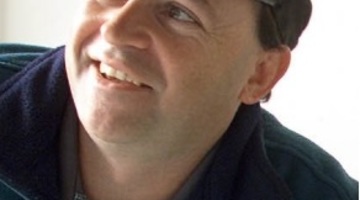
Position: Associate Professor, Department of Software Engineering, University of Waikato. Field: Language technologies Associate Professor Te Taka Keegan (Waikato-Maniapoto, Ngāti Porou, Ngāti ...
READ MORE

In this activity, students use an interactive or paper-based Venn diagram to illustrate the key similarities and differences between tsunami waves and surf waves. By the end of this activity ...
READ MORE

In this activity, students use a Mexican wave to demonstrate how waves transfer energy and to visualise the wave behaviours of reflection, constructive interference and shoaling. Rights: Sambo_27 ...
READ MORE

This teacher resource lists selected articles from the Connected and School Journal reading series that support science concepts when teaching about climate change. Connected and School Journal ...
READ MORE
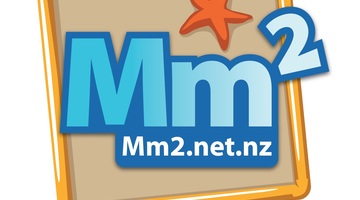
Marine Metre Squared is a New Zealand citizen science project that supports communities to monitor their local seashore. The project has been designed to provide meaningful, valid environmental ...
READ MORE
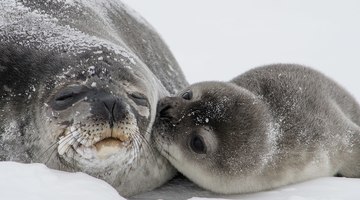
Weddell seals and orca are among the top predators in the Ross Sea region of Antarctica, and more than half of the Weddell seal population can be found in the Ross Sea. Information about changes ...
READ MORE
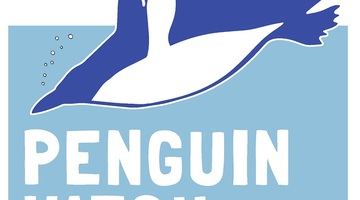
Help scientists establish valuable baseline data about the numbers, locations, habits and health of penguins in a range of Southern Ocean sites. This information will enable better understanding ...
READ MORE
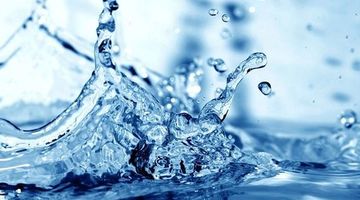
About 70% of Earth’s surface is covered by water. It is found just about everywhere and is the only naturally occurring substance on Earth existing in solid, liquid and gas states. Water is ...
READ MORE
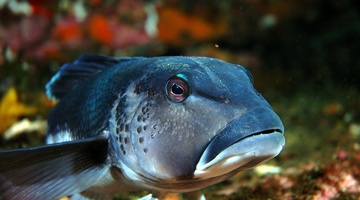
There are many marine classroom activities and resources on the Science Learning Hub useful for Seaweek 2015. This online PD session recorded on 19 February 2015 shows primary and secondary ...
READ MORE

Do you need resources for Seaweek? Are you planning a science unit on the sea? In this online PD session recorded on 18 February 2016, PD provider and teacher Barb Ryan explores some of the ...
READ MORE
Dr Ashley Rowden, of NIWA, believes we have an obligation to document our biodiversity and to protect and conserve it. Cold-seep communities are special habitats consisting of unique organisms ...
READ MORE
Associate Professor Abby Smith, from the University of Otago, came to New Zealand 21 years ago to start her PhD. In this video, she talks about the evolution of her research with bryozoans and ...
READ MORE
Associate Professor Abby Smith, from the University of Otago, is passionate about working with bryozoans. In this video, she talks about what she finds so interesting about them and why studying ...
READ MORE
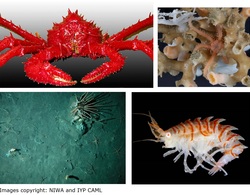
This short slideshow shows some of the animals found in the Antarctic benthic zone. Use the Slideshow menu for further options, including view full screen, and go here for the download option.
READ MORE

Here students use an interactive Venn diagram to illustrate the key similarities and differences between tsunami waves and surf waves. Place each label where you think it belongs. This activity ...
READ MORE
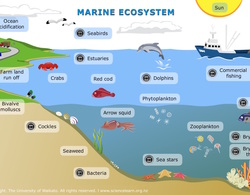
Explore this interactive diagram to learn more about life in the sea. Click on the different labels to view short video clips or images about different parts of the marine ecosystem. Select here ...
READ MORE